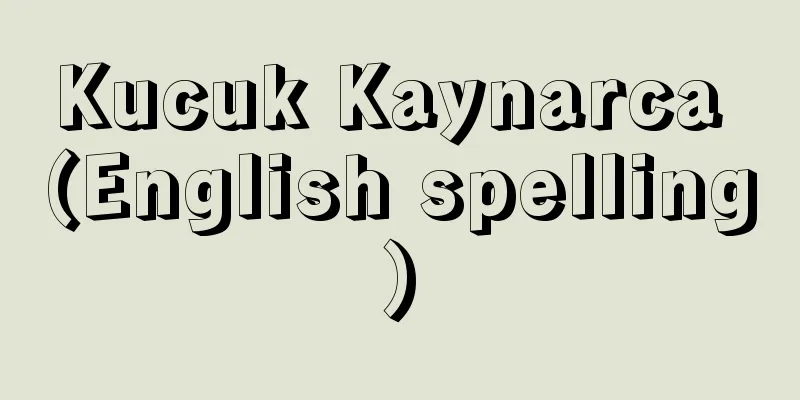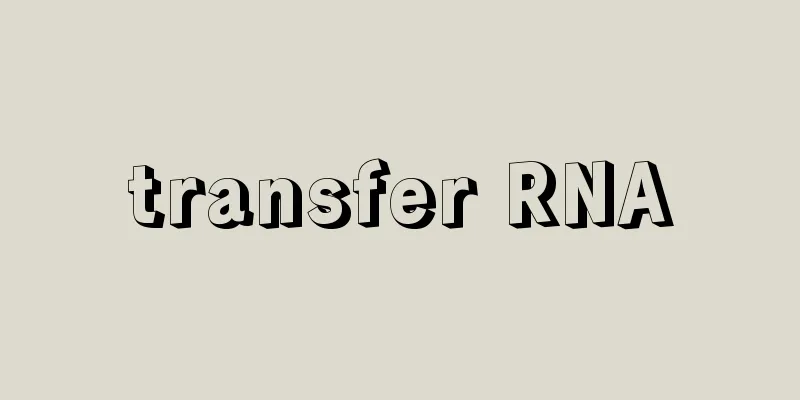Stuttering - Kitsoon

|
A type of speech disorder in which speech cannot be spoken fluently (non-fluent), resulting in stuttering. When trying to speak, organs involved in vocalization, articulation, and breathing, such as the larynx, tongue, lips, and diaphragm, spasm at the beginning or middle of a sentence, causing speech to get stuck and causing certain sounds to be repeated or stretched out. This condition is accompanied by a flushed face, sweating, difficulty breathing, a rapid pulse, grimacing, abnormal blinking, and in severe cases, even spasms in the hands and feet. There is no morphological or organic lesion in the nerves or speech organs, and it is a psychological functional disorder. It is more common in boys in children. It usually occurs with certain speech sounds, most often sounds starting with the ka, sa, or ta sounds. It rarely occurs with vowels. There are various theories about the cause, but the most commonly accepted theory is that stuttering occurs secondarily as the language development of young children progresses. In other words, in the process of acquiring language, when a young child is around 3 or 4 years old, the desire to speak becomes extremely strong and the child tries to speak actively, but the function (movement) of the speech organs is immature and cannot keep up with this, or the child is unsure of the choice of speech sounds, and it is not uncommon for the child to stutter. This is called physiological stuttering. The child himself is not particularly conscious of the disfluency of his speech, but makes an effort to speak well, and naturally escapes from the state. However, when a close relative, such as the mother, sees this state and thinks that it is a stutter or that the child should not stutter, they try to correct the state by making the child pronounce the sounds that he or she cannot pronounce well over and over again, or by scolding him or her. This makes the child feel impatient, anxious, and scared, and the child gradually becomes aware of the disfluency of speech and most often develops into a true stutter. In this way, whether or not one is self-aware is important, and proper guidance when a person experiences a physiological state similar to stuttering is the most important factor in preventing stuttering. When a child actually stutters in the middle of a sentence, it is best to supplement the word, making it easier for the child to continue speaking and to encourage the child to try to speak. The worst thing to do is to make the child repeat or practice the word. In other words, the best treatment is a mental or psychological approach. The key is to help the child feel joy in speaking and gain confidence, and psychodrama and other methods are often used. As for speaking, breathing should be deep, vocalization should be soft, and speech should begin with vowels, and the child should gradually practice. [Masami Kawamura] [Reference] |Source: Shogakukan Encyclopedia Nipponica About Encyclopedia Nipponica Information | Legend |
|
言語障害の一つで、ことばが流暢(りゅうちょう)に話せず(非流暢性)、どもる状態をいう。話そうとすると、語音の始めあるいは途中で、発声、構音、呼吸に関係のある器官、たとえば喉頭(こうとう)、舌、口唇、横隔膜などにけいれんがおこり、ことばがつかえ、ある音を繰り返したり、引き伸ばしたりする。このような状態に随伴して、顔が紅潮し、汗をかき、呼吸が苦しいようすで、脈拍も速くなり、顔をしかめ、異様なまばたきをし、激しいときには手足までけいれんすることがある。 神経や発語器官などに形態的、器質的な病変はまったく存在せず、心理的な機能性障害である。小児で男子に多い。ある特定の語音のときにおこるのが普通で、カ行、サ行、タ行の音が多い。母音でおこることは、ほとんどない。 原因についてはいろいろの説があるが、もっとも一般に認められているのは、幼児の言語発達に伴い二次的に発生するという説である。すなわち、幼児が言語を獲得してくる過程で、3、4歳ころになると発語意欲がきわめて旺盛(おうせい)になり積極的に話そうとするが、発語器官の働き(運動)が未熟でそれに追い付けなかったり、語音の選択を迷ったりして、どもったような状態になることは珍しくない。これを生理的吃音という。子供自身は自分のことばの非流暢さをとくに意識せずに、なんとかうまく話そうと努力し、自然にその状態から脱出する。ところが、母親など近親の人がその状態をみて、吃音ではないか、あるいは吃音になってはいけないと考え、その状態を治そうとして、うまく話せない語音を何回も繰り返して発音させたり、しかったりする。このようなことがかえって子供に焦り、不安、恐怖などの感じを与え、しだいに子供自身がことばの非流暢さを意識し、真の吃音になってしまうことがもっとも多い。このように、自意識があるかないかが重要であり、生理的に吃音に似た状態になったときにおける適正な指導が、吃音の予防にはもっともたいせつである。 実際に子供が話の途中でどもるような状態になったときは、その単語を補足してやり、子供がその先を話しやすくし、話そうとする意欲をもつようにするのがよい。その単語を復唱させたり、練習させたりするのは、もっとも悪い。すなわち治療には、精神的・心理的方法がもっともよい。要は、話すことに喜びを感じ、自信を得させることであり、心理劇などを利用することが多くなっている。話し方は、呼吸は深呼吸、発声は軟起声、発語は母音から始め、しだいに練習させていく。 [河村正三] [参照項目] |出典 小学館 日本大百科全書(ニッポニカ)日本大百科全書(ニッポニカ)について 情報 | 凡例 |
>>: Smoking - Kitsuen (English spelling)
Recommend
Zwölften (English spelling)
…December 13th is Luzia's Day, also known as ...
myositis ossificans progressiva
…Treatment involves removing the bone after it ha...
Wood, TD
...The reform movement aimed for what could be ca...
chemical sensitization
...The process of making a photosensitive materia...
Cherry Blossom Viewing
This is an event where people go out into the mou...
Koichi Kido
Court politician. Marquis. Born in Tokyo. Grandso...
Personal statement - Ujibumi
In ancient times, documents recorded the origins ...
Okroshka - Okuroshka
...In any case, the recipe is relatively simple, ...
Carreras, H. - They
…The mainstream was, so to speak, the legend, whi...
Harbin
A sub-provincial city (a prefecture-level city wi...
Fashoda incident
In 1898, British and French forces clashed in Fas...
Chrysalis (pupa) - Pupa (English spelling)
This refers to a period between the larva and adul...
Calvo Sotelo, J.
…On July 12, a major military conspiracy was alle...
Latent heat - sennetsu
Generally, when heat is applied to an object, the...
Diplomatic corps
The diplomats of the various countries' diplo...









